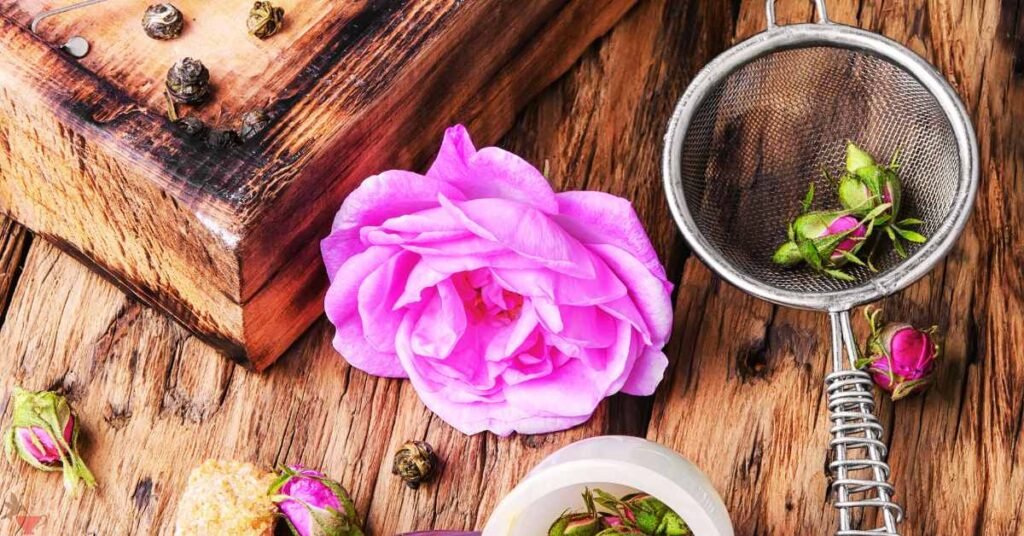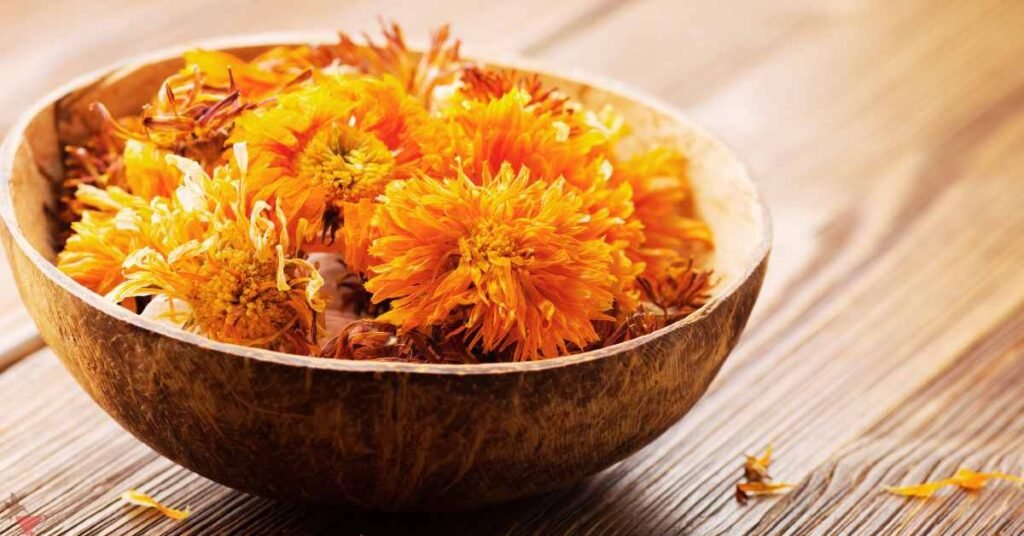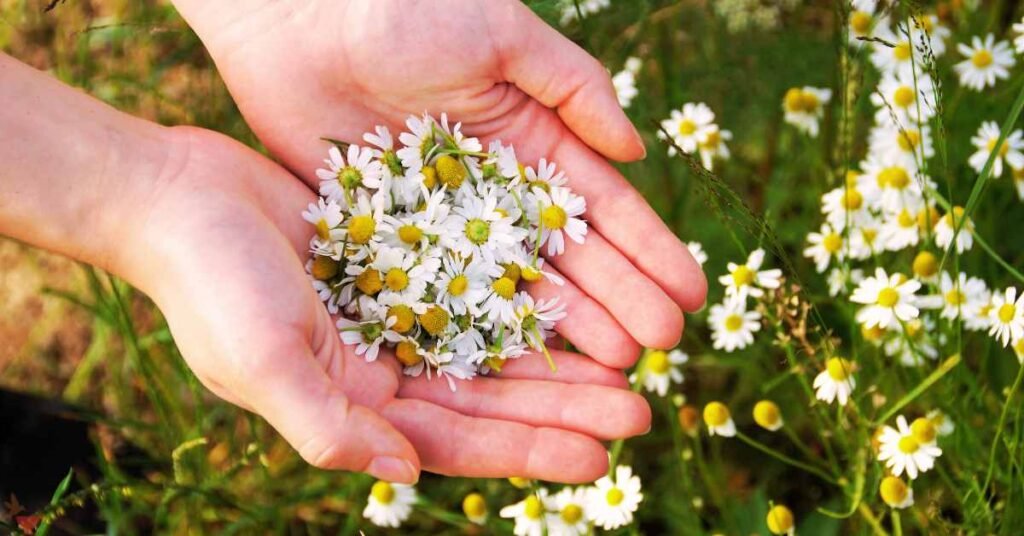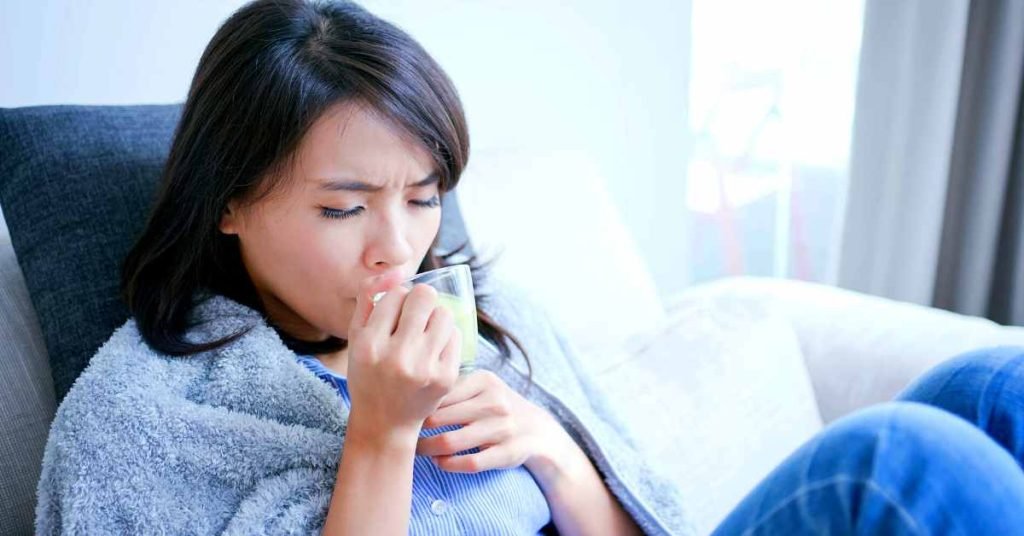In the world of botanical beauty, there exists a delightful intersection between aesthetics and functionality – decorative plants that not only enhance the visual appeal of your living space but can also be transformed into a soothing cup of tea.
Imagine sipping on a beverage crafted from the very greenery that adorns your home.
This article explores the enchanting realm of decorative plants that not only please the eye but also tantalize the taste buds.
Chamomile (Matricaria chamomilla)

Known for its dainty, daisy-like flowers, chamomile is a popular decorative plant that has been used for centuries to brew a calming cup of tea.
The flowers contain natural compounds that induce relaxation and alleviate stress.
Harvest the blossoms, dry them, and steep them in hot water for a comforting and fragrant chamomile tea.
Lavender (Lavandula spp.)
Lavender, with its vibrant purple spikes and intoxicating aroma, is a beloved ornamental plant.
Beyond its decorative charm, lavender leaves and flowers can be harvested to create a tea that boasts soothing properties.
Lavender tea is known for its ability to promote relaxation and better sleep.
Mint (Mentha spp.)
Mint, with its invigorating scent and fast-growing nature, is a classic choice for both gardeners and tea enthusiasts.
Varieties like peppermint and spearmint can be cultivated for their leaves, which, when steeped in hot water, produce a refreshing and revitalizing cup of tea.
Mint tea is renowned for its digestive benefits.
Rose (Rosa spp.)

Roses are not just a symbol of romance; they also contribute to a delicate and fragrant tea.
Petals from certain rose varieties can be carefully plucked and dried to create a subtle and floral infusion.
Rose tea is known for its potential to uplift the mood and improve skin health.
Lemon Balm (Melissa officinalis)
Lemon balm, with its lemon-scented leaves, is a charming addition to any garden.
This member of the mint family is not only visually appealing but also yields a delightful tea.
The leaves, when steeped, create a lemony and mildly sweet beverage that is known for its calming effects.
Hibiscus (Hibiscus rosa-sinensis)
The vibrant and tropical hibiscus plant not only adds a pop of color to your surroundings but also offers its crimson petals for a unique tea experience.
Hibiscus tea is celebrated for its refreshing tartness and is believed to have potential health benefits, including supporting cardiovascular health.
Calendula (Calendula officinalis):
Calendula, commonly known as marigold, graces gardens with its bright and cheerful blooms.
The petals can be harvested to create a golden-hued tea with a mild, earthy flavor. Calendula tea is believed to have anti-inflammatory properties and may boost skin health.
Final Word
Incorporating decorative plants that double as tea ingredients into your living space adds not only aesthetic appeal but also a delightful and personalized tea experience.

From the calming chamomile to the invigorating mint, these plants bring the joys of gardening and tea-making together, offering a unique and satisfying way to enjoy the beauty of nature in more ways than one.
So, the next time you find yourself in need of a calming cuppa, consider stepping into your garden for a truly unique and refreshing brew.
MEDICAL DISCLAIMER
Itsnevernotteatime.com cannot and does not contain medical/health advice. The medical/health information is provided for general and educational purposes only and is not a substitute for professional advice.




